Russia To Get Yars-M Ballistic Missiles With Novel Warhead Delivery System: Reports
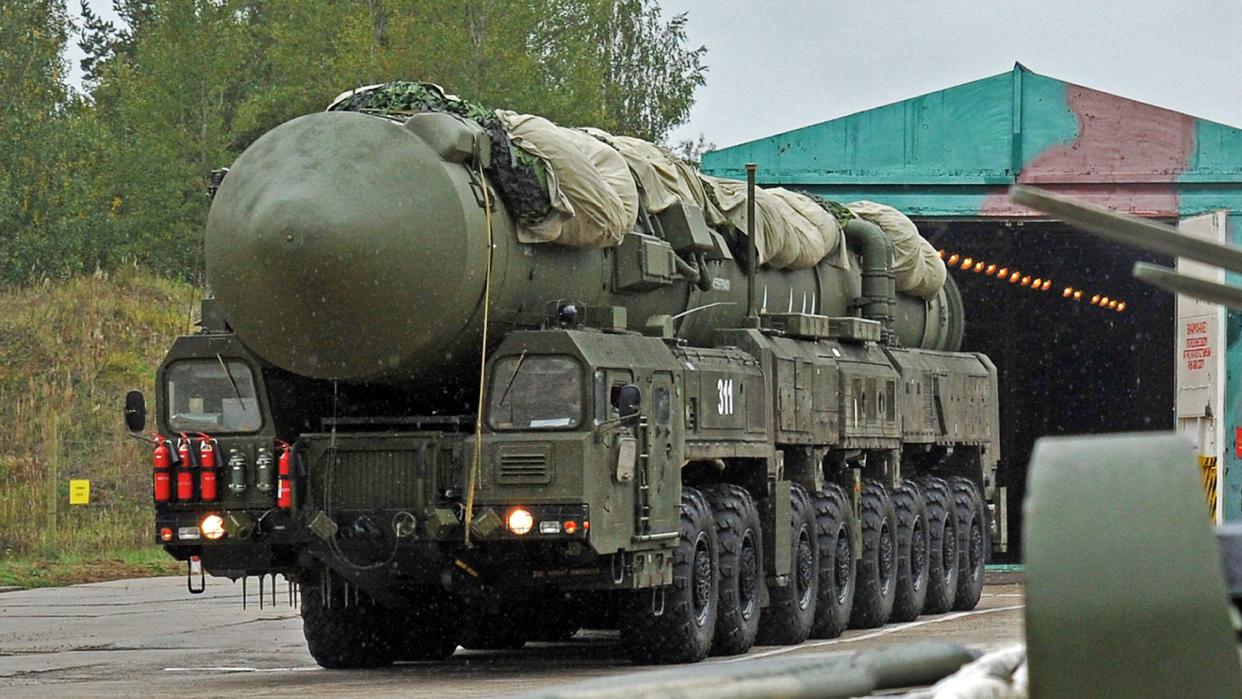
Russia is about to start production of a new version of its RS-24 Yars intercontinental ballistic missile, or ICBM, with a final stage that incorporates much more mobile independent warheads, according to reports. The changes are expected to make the weapon far harder for an opponent to track and intercept, as well as improve its accuracy and overall capabilities. While warheads of this kind have been tested by Russia in the past, the latest evidence suggests that the country is poised to begin the series manufacture of these missiles, which will initially be fielded on road-mobile launchers.
News of this Russian ICBM development was posted on the country’s official state procurement website, according to MilitaryRussia.ru, via its channel on the Telegram social media network. Work is now reportedly underway at a number of different defense factories to prepare them to build the new missile.
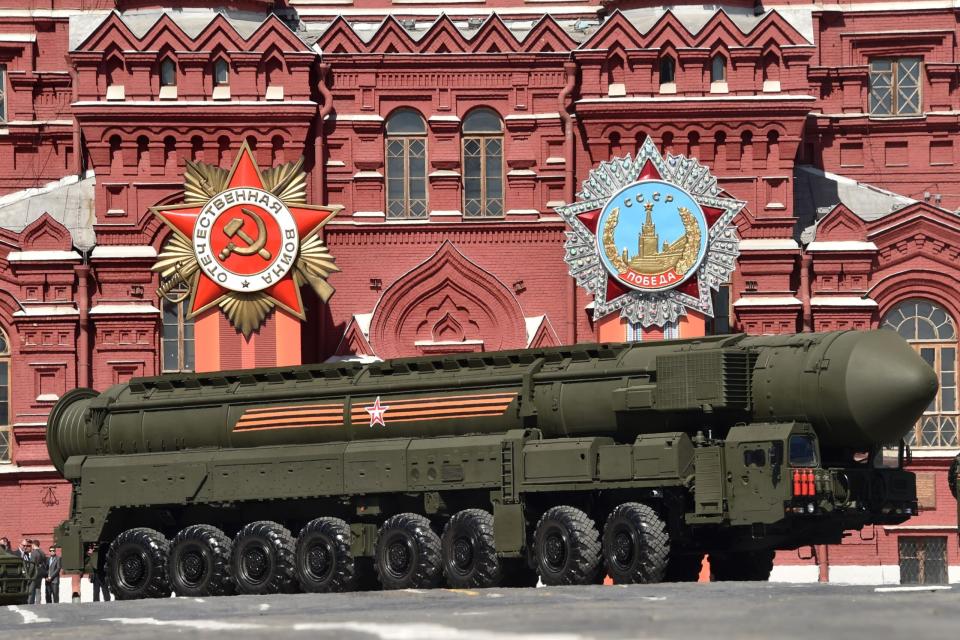
The government website states that the Moscow Institute of Thermal Technology (MIT) corporation is preparing to start production of the mobile variant of the new Yars-M ICBM, MilitaryRussia.ru reported. Specifically, MIT will produce the solid-fuel 15Zh80 missile, which differs from earlier Yars and other Russian ICBMs in its use of independent post-boost vehicles, or IPBVs, known in Russian as blok individualnogo razvedeniya (BIR).
Russia (and the Soviet Union before it) have a long history of interest in counter-measures for ICBMs and other ballistic missiles, something you can read more about here and here. For the ICBM force, the IPBV appears to be the latest.
In terms of warhead development, as The War Zone has explained in the past, most multi-warhead ICBMs carry multiple independently targetable reentry vehicles, or MIRVs, each able to strike a separate target.
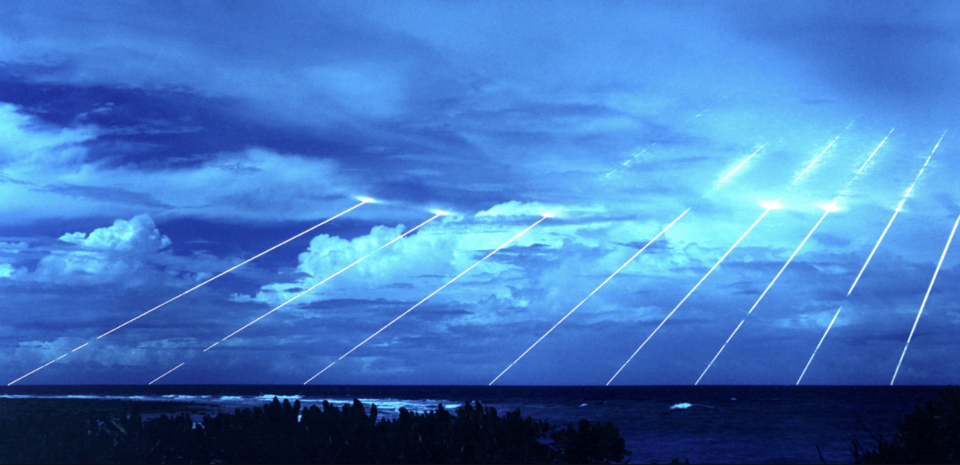
Normally, the final stage of the missile holds all of the MIRVs, and this detaches from the rest of the ICBM. The final stage can then independently maneuver once it has left the Earth’s atmosphere, releasing each warhead (as well as decoys) for each individual target. Since the MIRVs are all attached to the same main unit, which flies on a fairly linear course, the warheads can only be distributed over targets that are relatively close to that path. At the same time, the MIRV configuration also increases the time during which the entire missile can be intercepted, all of which make it theoretically more straightforward to track and potentially intercept.
Only last year, Russian state media outlets provided unprecedented looks at the payload bus for the R-36M2 silo-based ICBM, known in the West as the SS-18 Mod 5 Satan. This weapon includes a MIRV configuration and one of the heaviest payloads of any ICBM ever developed and fielded, and you can read more about it here.
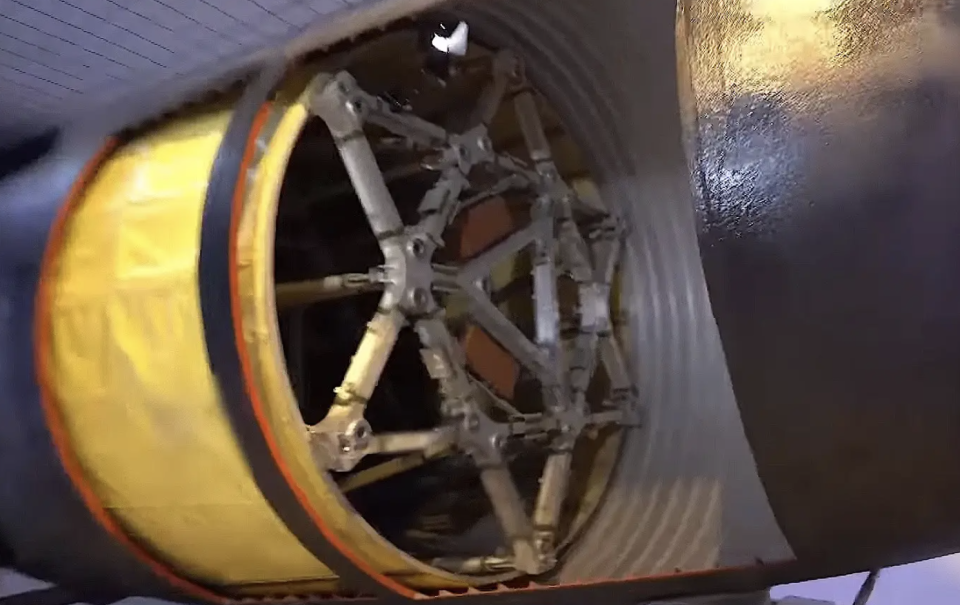
In contrast, a missile with an IPBV configuration has multiple reentry vehicles each of which breaks off after launch and then hurtles toward its final destination, essentially behaving like smaller rockets that each host their own propulsion system and their own warhead. This means a single ICBM is better able to strike independent targets.
After all, using IPBVs, each warhead can follow a course that is much more independent of the main missile’s trajectory, allowing a single ICBM to rain down warheads across a far wider geographical area. This kind of targeting can also be more precise, with the vehicles not restricted by a single flight path.
At the same time, and perhaps most importantly, IPBVs are better able to defeat missile defenses that might be in their way. In a typical MIRV arrangement, the warheads remain clustered together as a single object for a longer period of time and could potentially be destroyed as one. With IPBVs, the warheads are moving independently of one another, likely on differing trajectories, complicating tracking them and intercepting them using ballistic missile defense systems. At least in principle, the warheads will also be distributed much sooner, further complicating interception. Even if the warheads do end up all flying along the same general path, each will still need to be intercepted independently.
Whether MIRVs or IPBVs are involved, the fact remains that intercepting an ICBM of any kind is a very difficult process, to begin with, a reality that The War Zone has addressed in the past.
As to how an IPBV-configured missile might look, a report from the Moscow-based Centre for Analysis of Strategy and Technologies (CAST) today includes a drawing published in MIT’s house journal in 2020. This provides a basic depiction of an IPBV-type ICBM.
Shown is a three-stage missile, with the first stage of the 15Zh80 expected to be the same as the original Yars. The second stage of the new missile could differ from the basic Yars, according to CAST, with a different engine installation being considered likely. Most significantly, the third stage of the missile carries the IPBVs.
It’s unclear exactly how many IPBVs might be carried atop the Yars-M missile, and what kind of explosive yield they might host. The MIT diagram appears to show four modules as payload, but this may well not reflect the reality of the new 15Zh80 missile. It’s also worth noting that the missile in the drawing seems to be fairly generic and it also has a constant diameter, unlike in the Yars, which is slimmer toward the nose. While the profile of the Yars-M could change, too, the depiction is broadly similar to the kinds of IPBV concepts we have seen come out of Russia in the past, as seen in the tweet below.
Regardless of the similarity between the drawing and the 15Zh80 missile, CAST notes that the modular layout of the missile should provide for a variety of different payload options, which might include different numbers of warheads, warheads with different yields, and also various penetration aids, or PENAIDS. As seen in the U.S. Air Force video below, the latter are decoys designed to ensure that nuclear warheads have a better chance of reaching their targets in the face of ballistic missile defense systems.
CAST also points out one potential shortcoming of the IPBV version of the ICBM, compared to the original Yars, in that the reduced overall mass of the third stage means the missile loses energy faster, with a probable effect on its maximum range. The reported range of the Yars is over 6,500 miles.
It’s been suggested, too, that the reduced mass will also translate into smaller and lighter warheads, which could in turn reduce their yield. In the basic Yars, each MIRV reportedly has a yield of between 150 and 250 kilotons, although the exact number carried is unclear — while Russian media has reported that each Yars missile carries as many as 10 individual nuclear weapons, many experts believe the actual number is far lower.
Based on the documents on the procurement website, CAST also considers it likely that the new Yars-M missile will retain enough commonality with the original missile such that it can use the same road-mobile launch vehicle, the MZKT-79221. This 16x16 transporter-erector-launcher (TEL) was designed and developed in Belarus and is also used by the road-mobile version of the older Topol-M ICBM. At one stage, Russia was hoping to introduce a comparable TEL of its own, the KamAZ-7850, although work on this appears to have stalled or perhaps been abandoned altogether.
Reports that Russia was testing an “experimental warhead” version of the Yars missile emerged in 2019, as The War Zone reported at the time.
The test in question, at the Plesetsk Cosmodrome in the northwestern Arkhangelsk Oblast, apparently involved an adaptation of the ICBM with a three-warhead configuration, understood to involve IPBVs. It’s unclear if this was the first such test of a Yars with this type of warhead, the original version of the missile having entered service with Russia’s Strategic Rocket Forces in December 2010.
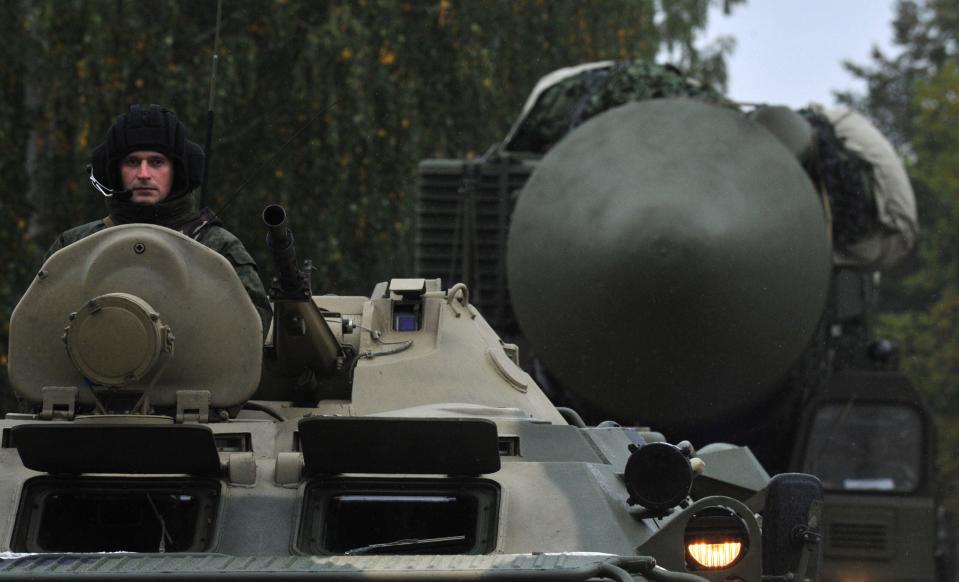
Also noteworthy is the fact that the Yars has always been associated with multiple warheads, albeit initially of the MIRVed type. It is generally understood that the initial version of the Yars was simply a modification of the earlier single-warhead Topol-M, but with MIRVs. The United States argued that the new Yars designation was an attempt to circumvent provisions in the since-expired Strategic Arms Reduction Treaty (START), which put limitations on the total number of warheads U.S. and Russian forces can have available on ICBMs, as well as on modifications to existing missiles. START was followed by New START, although Russia was accused of non-compliance with this before announcing its withdrawal from the treaty altogether, earlier this year.
For the United States, the Yars-M, supposing it does actually enter serial production, appears to offer particular new challenges to its ballistic missile defense system.
In terms of detection, it would be harder for the U.S. network of satellites, radars, other sensors, and communications nodes that are tasked with identifying and then tracking missile launches and subsequent warhead releases. An ICBM that releases IPBVs heading on different trajectories could even threaten to overwhelm this network.
Presuming that the various IPBVs are identified and can be tracked, the problem then becomes one of successfully intercepting them during the mid-course portion of the flight. Again, multiple warheads headed in various trajectories would only increase their chances of evading the U.S. military’s Ground-based Mid-course Defense (GMD) and SM-3 Block IIA interceptors and it’s unclear if the forthcoming Next Generation Interceptor, or NGI, would fare much better, especially as only 21 of these are to be fielded. The limited nature of the defensive umbrella offered by NGI is something we have explored in depth in the past.
A test of the Ground-Based Midcourse Defense system from Vandenberg Air Force Base, California, in June 2014, during which it successfully intercepted a target:
Together with corresponding developments in hypersonic weapons, including those that are delivered by other ICBMs, Russia certainly appears to be making concerted efforts to bolster its nuclear deterrence posture.
This is before taking into account the sobering reality that the current U.S. ballistic missile defense shield by itself is not enough to protect against an all-out Russian nuclear strike. Even the current Russian arsenal is more than capable of overwhelming the ballistic missile defenses of any other nation.
Since Moscow’s full-scale invasion of Ukraine, such bluster has only been magnified, however, and Russia’s relations with the West continue to deteriorate. At the same time, nuclear threats from the Kremlin leadership, whether veiled or otherwise, have seen an uptick.
At this point, the pressures of the Ukraine war are clearly being felt by the Russian Ministry of Defense. In terms of budgets, these are increasingly having to address the demands of that conflict and, besides that, there have been long-standing questions about Russia’s ability to pay for higher-end weapon systems since long before the invasion. Added to that, sanctions are now making it harder to produce high-technology weapons, in general. In that context, the Yars-M, as a more modest upgrade of an existing ICBM, would appear to be a more attractive option than designing a new strategic missile from scratch.
At the same time, there are recent reports that Russia has embarked on the early developmental work for a new submarine-launched intercontinental ballistic missile, or SLBM, to eventually replace the current Bulava missile. It’s not clear, at this point, if an all-new weapon is envisaged, or an upgrade or further development of the existing missile. A former submarine commander, Rear Admiral Vsevolod Khmyrov, told Russia’s Izvestia news agency that the new SLBM “would have to be guaranteed to overcome any missile defense system and provide high accuracy with an increased flight range.”
It should also be noted, of course, that Russia has frequently talked up the capabilities of its weapons systems, strategic ones especially, and that it’s possible that the IPBV concept might still prove a dead-end. Depending on exactly how ‘new’ any of these missiles are, the process of getting them into operational service could also prove complicated. This was the case with the Bulava SLBM, which experienced significant delays in its development, and the Sarmat heavy ICBM is facing similar issues now, too.
On the other hand, should Russia indeed be about to bring an IPBV-equipped ICBM into production, the result could well be a relatively cost-effective way of challenging U.S. missile defenses and further boosting the overall flexibility of its strategic missile forces.
Contact the author: thomas@thedrive.com

